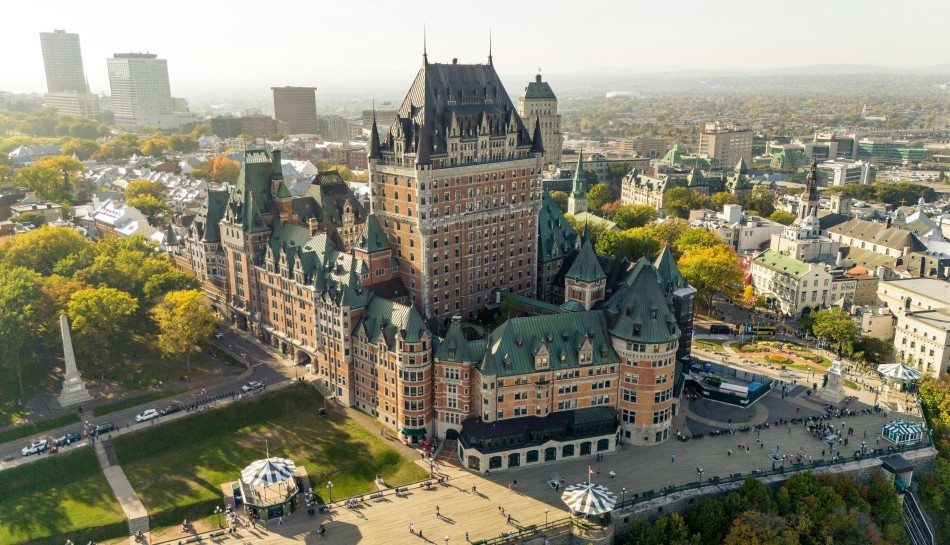Five of Canada’s provinces have invited candidates to apply for provincial immigration.
Provincial immigration is not the same across Canada. For example, while most Canadian provinces and territories have Provincial Nominee Programs (PNPs), Quebec does not have one due to a special agreement with the federal government that allows it to select all its economic immigrants.
PNPs help provinces to target economic immigration candidates who are seen as the most likely to benefit the provincial labour force by economically establishing and filling urgent job vacancies. PNPs typically have dedicated streams for healthcare, tech, and agricultural workers and entrepreneurs.
The PNP has been highly successful in targeting economic immigrants. So much so that Immigration Refugees and Citizenship Canada (IRCC) has recently adopted a similar approach to the Express Entry application management system. There are now six dedicated categories for in-demand occupations on a national scale. Between June 27 and July 7, IRCC held six Express Entry rounds of invitations, five of which were for occupations eligible under category-based selection.
Provincial immigration results June 30-July 7
Ontario
On July 6, Ontario invited 748 PNP candidates to apply for nomination through the Express Entry Human Capital Priorities stream of the Ontario Immigrant Nominee Program (OINP). It was a draw targeting tech occupations and candidates required a CRS score that ranged between 479 and 485.
The number of candidates a province may nominate is allocated by IRCC. Ontario has the highest allocation of PNP nominations in Canada and can invite 16,500 candidates in 2023. This is nearly double the 9,500 allocated to the province in 2022.
Quebec
Quebec recently updated its provincial immigration results to show that on June 29 the Minister of Immigration, Francization and Integration invited 1,218 persons to apply for permanent selection.
Candidates required a level 7 oral proficiency (or higher) in French according to the Échelle québécoise des niveaux de compétence en français des personnes immigrantes adultes or its equivalent;
They must also have an occupation with specific National Occupational Classification (NOC) codes. In this draw, the minimum score was different depending on the eligible NOC. For some, the score was 584 and for others, it was 592.
British Columbia
British Columbia held three draws on July 5 for 137 candidates in the Skilled Worker and International Graduate streams (including Express Entry) of the BC PNP.
The largest draw invited 97 candidates with a minimum Skills Immigration Registration System (SIRS) score of 90.
The remaining two draws were for 23 early childhood teachers and assistants and 17 candidates in healthcare occupations.
British Columbia typically invites candidates each Tuesday in similar draws.
Manitoba
Manitoba held a draw late on June 29 in which 587 Letters of Advice to Apply were issued to candidates in three streams over four draws.
Skilled Workers may have been eligible for one of two draws. The first was occupation-specific and invited 315 candidates with a minimum score of 613. The occupations considered were:
- 60030 – Restaurant and food service managers
- 62020 – Food service supervisors
- 65201 – Food counter attendants, kitchen helpers and related support occupations
A further 184 letters of advice were issued to Skilled Workers from all occupations with a minimum score of 662.
The remaining two draws invited 62 candidates from the International Education stream and 26 Skilled Workers Overseas with a minimum score of 717.
Alberta
Alberta also recently posted draw results from June 29. The province had a small draw in which 12 candidates were invited from the Express Entry Dedicated Healthcare Pathway, Alberta Job Offer.
The lowest-scoring eligible candidate had a CRS score of 354. Alberta has invited 105 candidates through this stream since April this year.
Source: cicnews.com




















